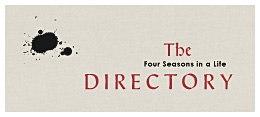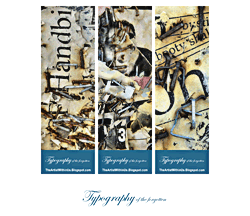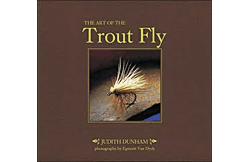I prefer to watch a movie in the form of a DVD even though I will miss the widescreen experience; this is offset by a host of advantages not to be had in a theater. One is the personal connection between film and viewer, allowing close study of all the various elements that comprise the making of a film and apart from the obvious, a very good movie not only entertains us, but through its cinematography we are visually stimulated. The adjacent soundtrack allows our spirit to temporarily wonder off and contemplate on our own creative ‘cold case files’ of previous inspirations upon which we never acted, other than undergo a thought process.
A film like Carol Reed’s The Third Man (1949) with Orson Wells and Joseph Cotton teach us much about camera angles, lighting of a scene, film editing and if we pause the motion, study an isolated frame, we can review the composition, the lighting, décor and the actors placements.
Movies are not only a photographer’s friend, but any creative person who is willing to explore a film’s other features beyond the obvious will only gain from the experience, even when it is negative. In the end it is the accumulative effect that shapes our own thoughts even when they take years or decades to mature. Films have always played an integral part in my life for as long as I can remember, photography remained a passion of mine, as I ventured down another road as an illustrator and then graphic designed before taking up photography professionally.

Most men who take up fashion or glamour photography do so in order to meet women and I guess I did in some way too, considering almost twenty years earlier I was captivated very much with the rolls between David Hemmings as photographer and his counterpart model Veruschka von Lehndorff (who played herself) in Michelangelo Antonioni ‘Pop Art’ film Blow Up, (1966). Of course it also helped that I identified with David Hemming in regards to ‘looking a lot like a younger version of him’ if not at least similar to him.
Yet the movie Blow Up had an enormous influencing upon me as I decided to pursue the line of photographer, I began studying European fashion magazines. It was more than just looking at pictures; it was about learning cutting edge styling and the settings in which these models where portrayed. Yet it goes a little deeper, for I started taken a magnifying loupe to these magazine reproductions, looking at the models pupils in order to study the photographers lighting set up that was reflected in their eyes.
Apart from paying close attention to contemporary commercial photography, I was fascinated by the Hollywood glamour photographer of the film noir era George Hurrell and then there is my idol and hero Irving Penn and his use of natural northern light upon his subjects.
Today I use American and foreign films as a shot of steroids to boost my imagination and of other creative urges.
When I want to be inspired by the use of certain colour palette for an abstract painting, I may choose to watch Bernardo Bertolucci The Last Emperor (1987) or Ang Lee’s Crouching Tiger, Hidden Dragon (2000) and especially Yimou Zhang’s House of Flying Daggers (2004) come to mind; even David Lean’s Lawrence of Arabia (1963) can be added to the list.
On the other hand for the more traditional or classical inspiration, Peter Webber’s 2004 film The Girl with a Pearl Earring comes to mind, despite the films poor script and lack luster acting, it does excel in imagery as almost every scene is a Flemish painting that has come to life. For fans of the revolutionary painter Michelangelo Merisi da Caravaggio, the film Mad Love by Vincente Aranda offers plenty of scenes to study for lighting and composition, in addition to being well acted and meticulously crafted, it is a pleasure to watch this film more than once.
Of course there are many other movies fulfilling different and specific personal situations and depending upon ones needs, there is a film out there for you.
Regardless if one is a photographer, artist, designer, or even a writer, movies should be viewed more than just as entertainment, consider film a tool just as important as ones favorite paintbrush, camera, notebook or fountain pen.























